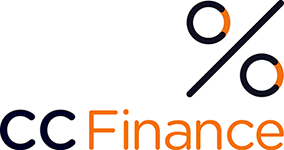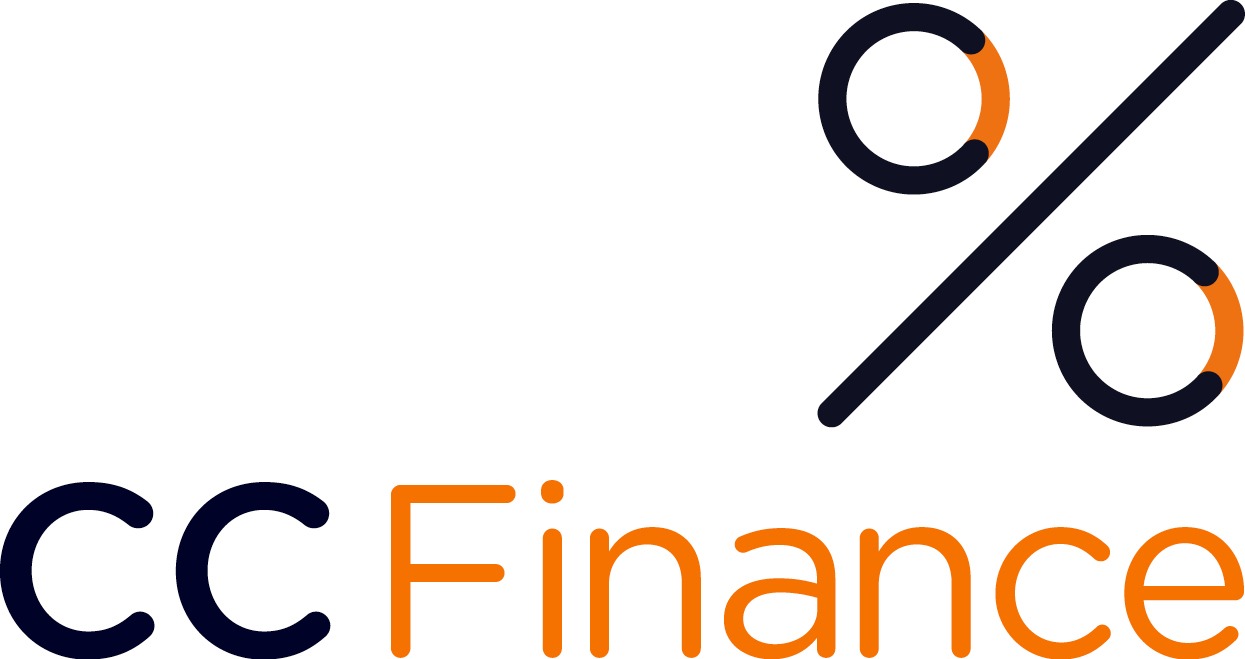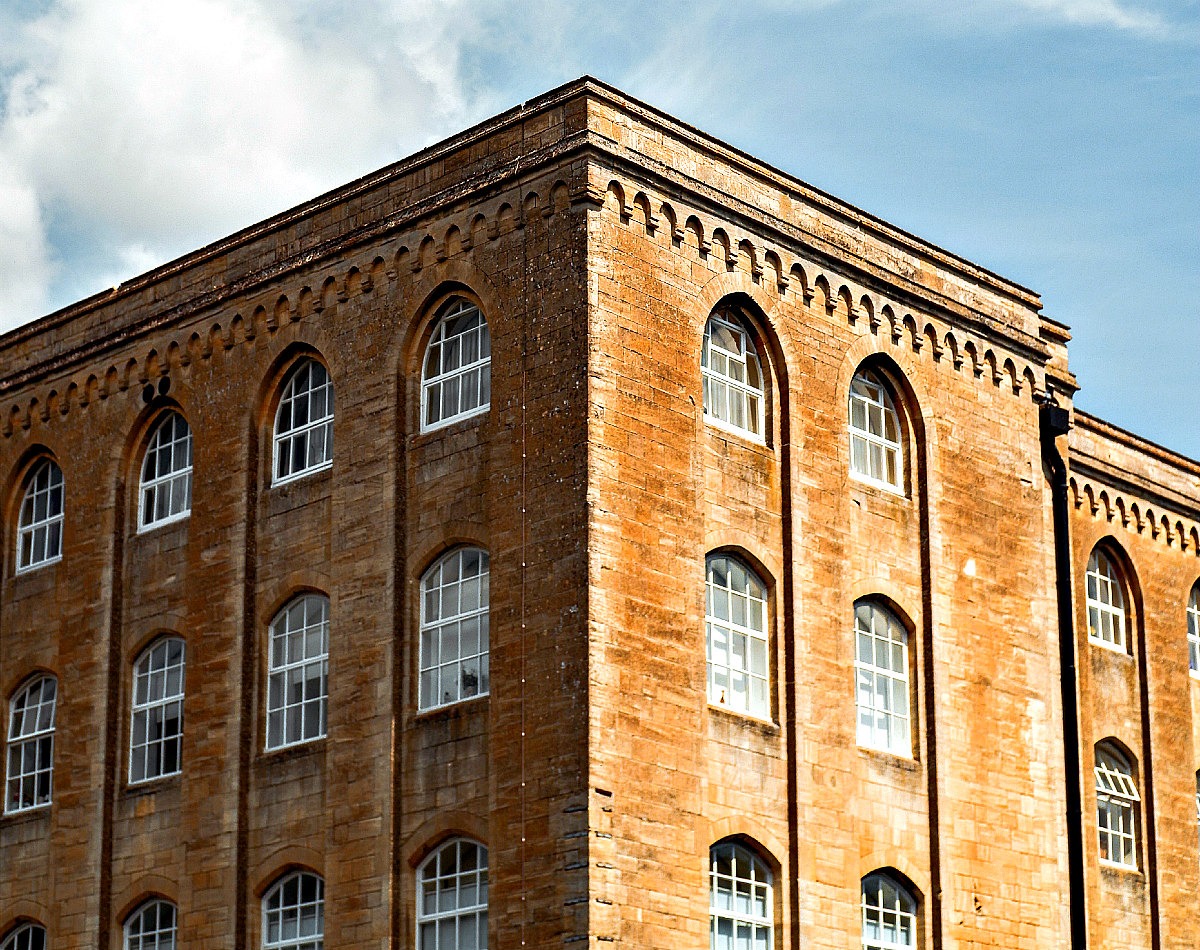Most property developers have been waiting with bated breath for the new Class MA commercial to resi conversion. From 1 August 2021 converting a shop, restaurant, office, business, day nursery, GP practice or indoor sport (amongst others) into one or more residential units (C3) will become easier.
From then on the new Class MA business and commercial to residential permitted development right (PDR) will officially replace and introduce certain commercial to residential PDRs.
Before the Council responds to your prior application for the change of use under MA, get an idea on the key finance terms for buying a commercial unit and doing a commercial to resi conversion.
Once build costs exceed 25% of the purchase price this typically requires a heavy refurbishment loan. For lenders, their risk increases and their lending criteria tighten. So what do the latter look like on average at the moment? (Beware that each lender mixes and matches their own set of criteria.)
- Rates: on average 0.85% pcm
- Typical Day 1 Loan To Value (LTV): 60 – 70%
- Average LTGDV: £65-70%
- Average LTC: 75-90%
- Minimum loan: £100k
- Max. loan: £10-15m
- Loan term: 3 to 24 months
- Borrower’s experience: multiple similar projects
Depending on LTV bands from 50% to 75% of the purchase price commercial bridging rates often vary: For a 50% LTV, for example, you may get rates as low as 0.6%.
Having worked with a number of bridging finance clients for heavy refurbishment the biggest hurdles seem to be the size of the deposit and the build experience of the borrower. In some cases, thin profit margins (< 20%) did not convince lenders, either.
What Else to Consider When Financing A Commercial To Resi Conversion
If your build costs are very high look for a lender that covers them in tranches so you save on interest.
In an uncertain market of material shortages and potentially longer sales periods factor in a few more months to exit. In addition, look for a lender who will not charge a penalty for time overruns, and who offers an additional developer exit facility.
Watch out for lenders who do not charge exit fees.
If your exit strategy is to rent out the converted residential units consider a lender with bridge to let facilities that combine a bridge with a buy to let mortage.



